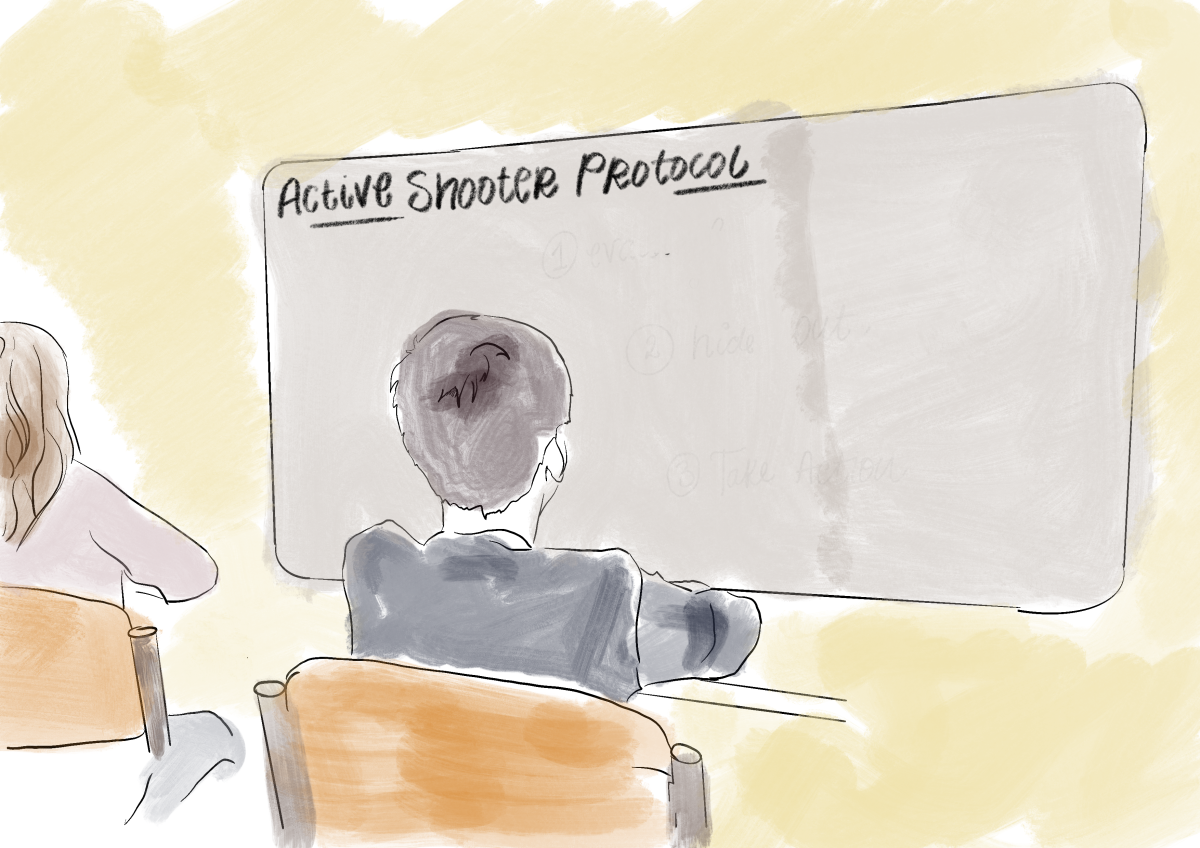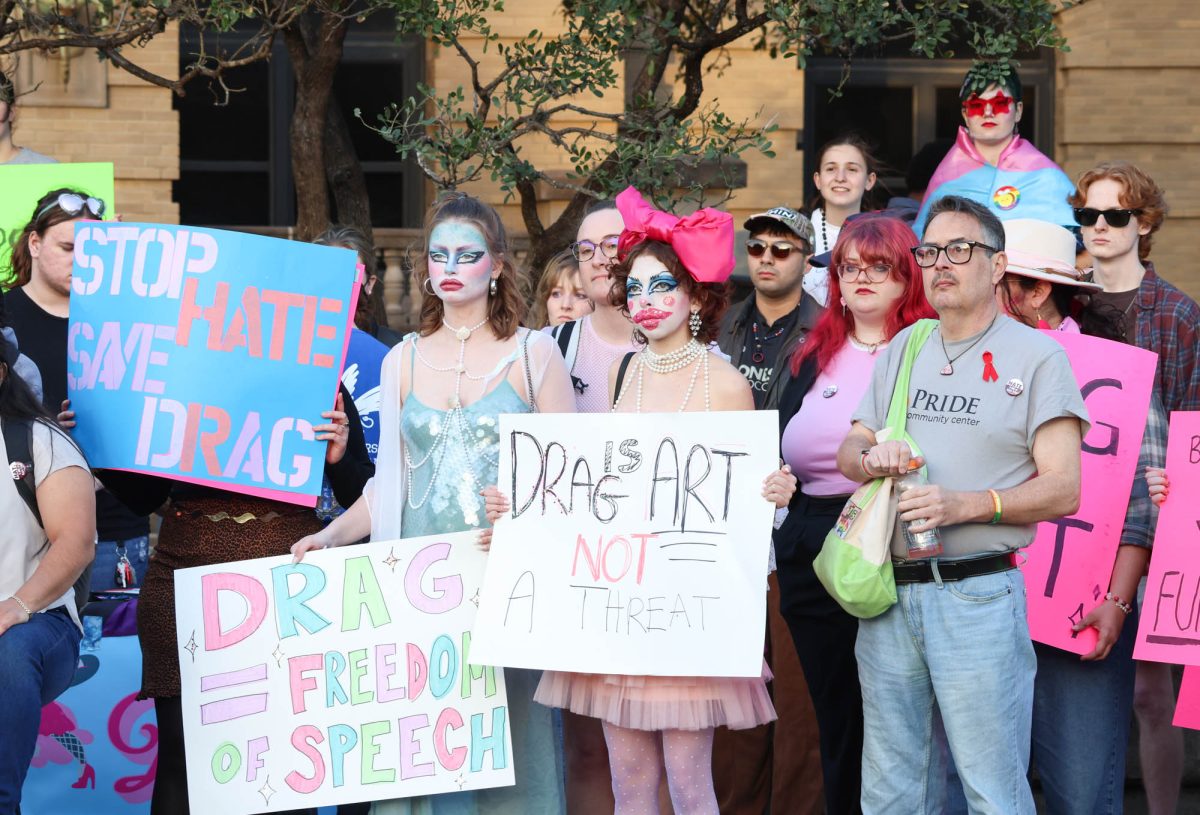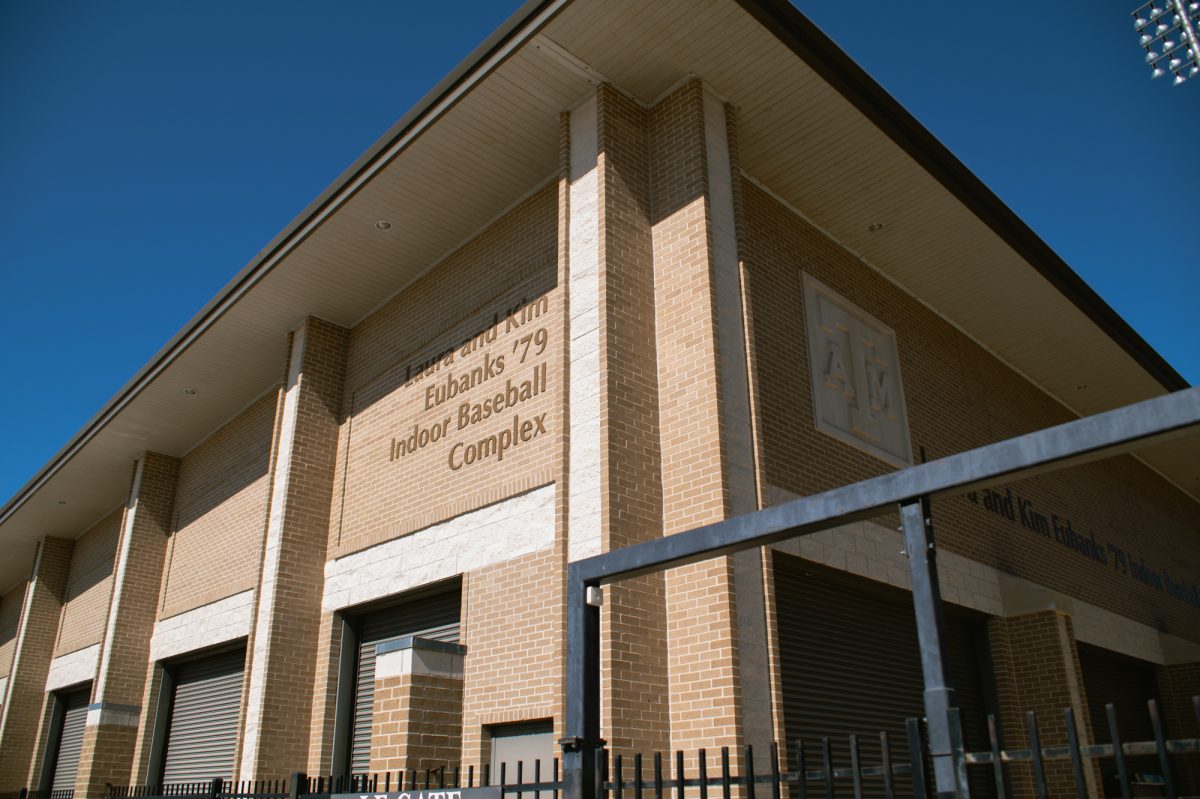As of May 25, there have been 27 school shootings in the United States.
An active shooter is defined as one or more individuals who attempt to kill or cause life-threatening injuries to persons in a confined or populated area, according to Texas A&M. In the event of an active shooter on campus, the university encourages students, staff and faculty to “Run. Hide. Fight.”
University Police Department, or UPD, Officer Robert Leseth said the department has conducted annual advanced law enforcement rapid response training, or ALERRT, for over 10 years to provide officers with the knowledge to respond appropriately to an on-campus active threat.
“[The training] includes using our equipment, which [includes] our patrol rifles, our breaching tools and our [self-aid buddy aid] kits,” Leseth said.
ALERRT, a Texas State System, studies multiple facets of active shooter response and law enforcement best practices. Beyond law enforcement training, ALERRT offers civilian resources as well. UPD Lieutenant Bobby Richardson encourages community members to request Civilian Response to Active Shooter Events, or CRASE, classes.
“Those trainings are free and are offered by our Community Services Unit, to faculty, staff and students upon request,” Richardson said. “We do a lot of those every year, so that’s another option to educate [community members] in what to do [in case of an emergency].”
Richardson said these trainings can go beyond A&M’s campus.
“Statistics show that most active threats take place, not on school campuses — they’re actually in commercial-type businesses,” Richardson said. “It’s not just to help you here on campus, it can also help you in a local department store or warehouse store or something like that, or when you’re out at a restaurant.”
Laseth said UPD takes special preparations to protect students and staff in the event of an emergency.
“We [want the public to] pay attention to the Code Maroons when they’re sent out, that’s very important,” Laseth said. “We [want the public to] call 911 when safe to do so, or even text 911 if possible. We [want the public to] report suspicious activity to the police immediately, and we have some other concepts that [we discuss] in our CRASE training — and that is avoid, deny and defend.”
According to ALERRT, the CRASE training is built on the avoid, deny, defend, or ADD, strategy.
“Topics include the history and prevalence of active shooter events, civilian response options, medical issues, and considerations for conducting drills,” according to ALERRT’s website.
“Our number one priority is to stop the killing,” Richardson said. “Then provide any type of medical care we can — we’re not medics — so we carry just the basic stuff to stop the bleed until medics can get there.”










